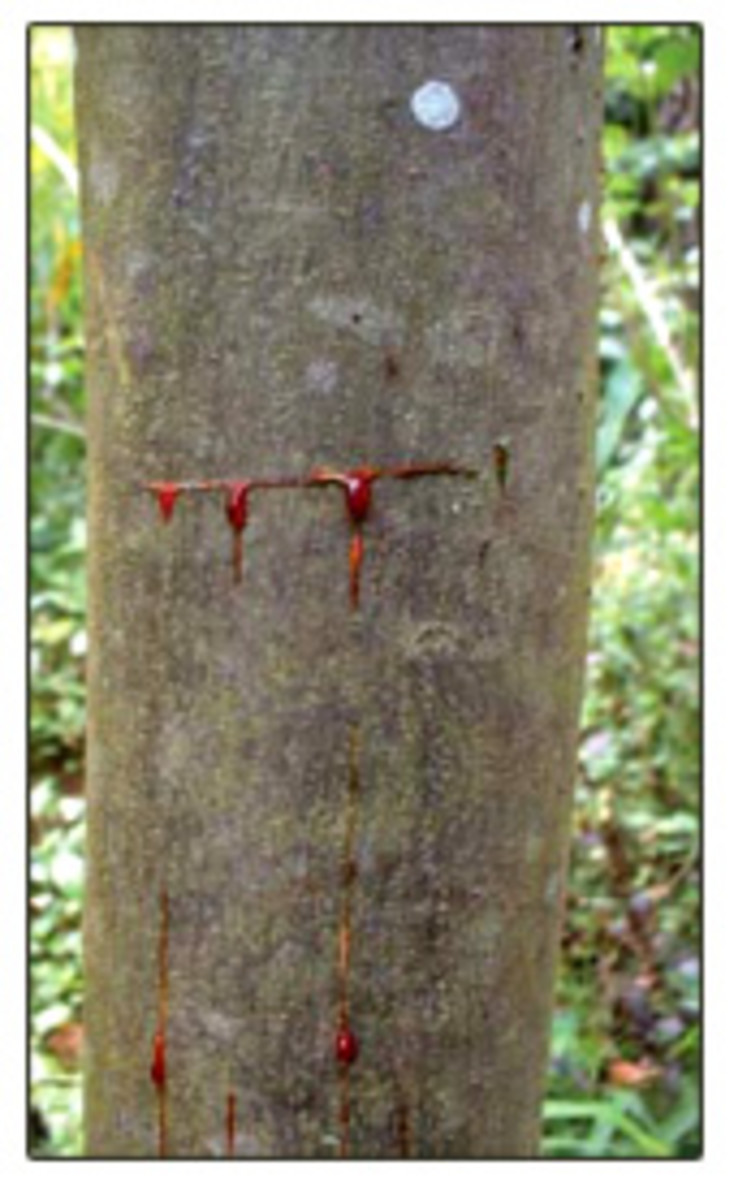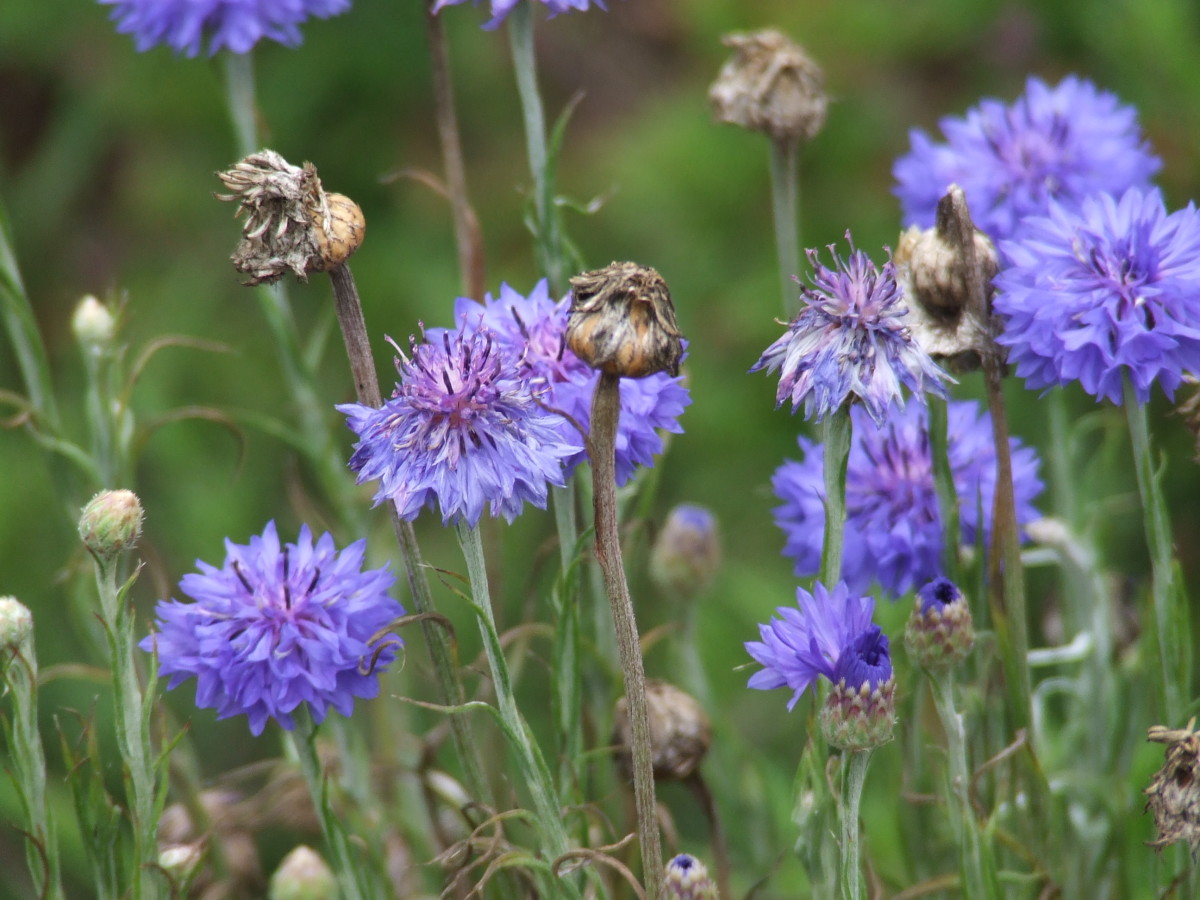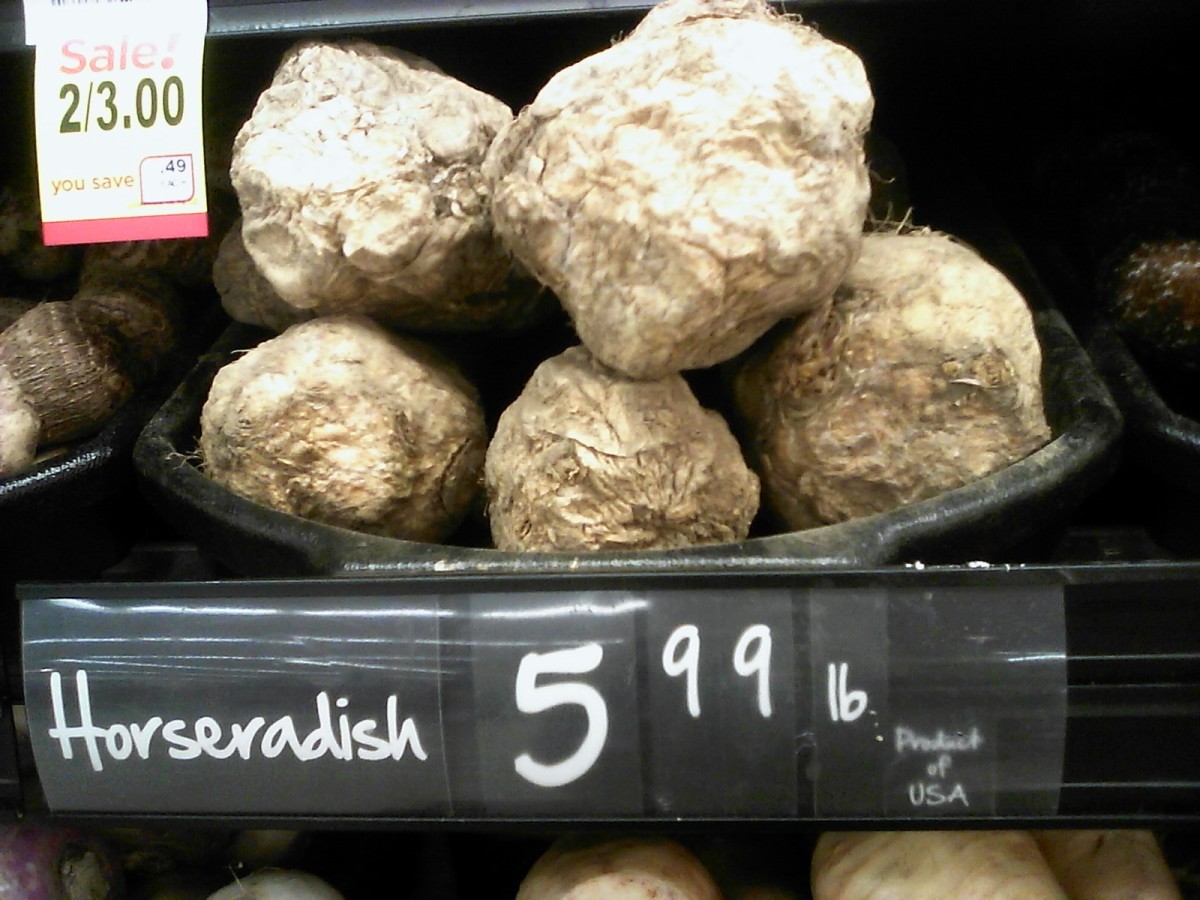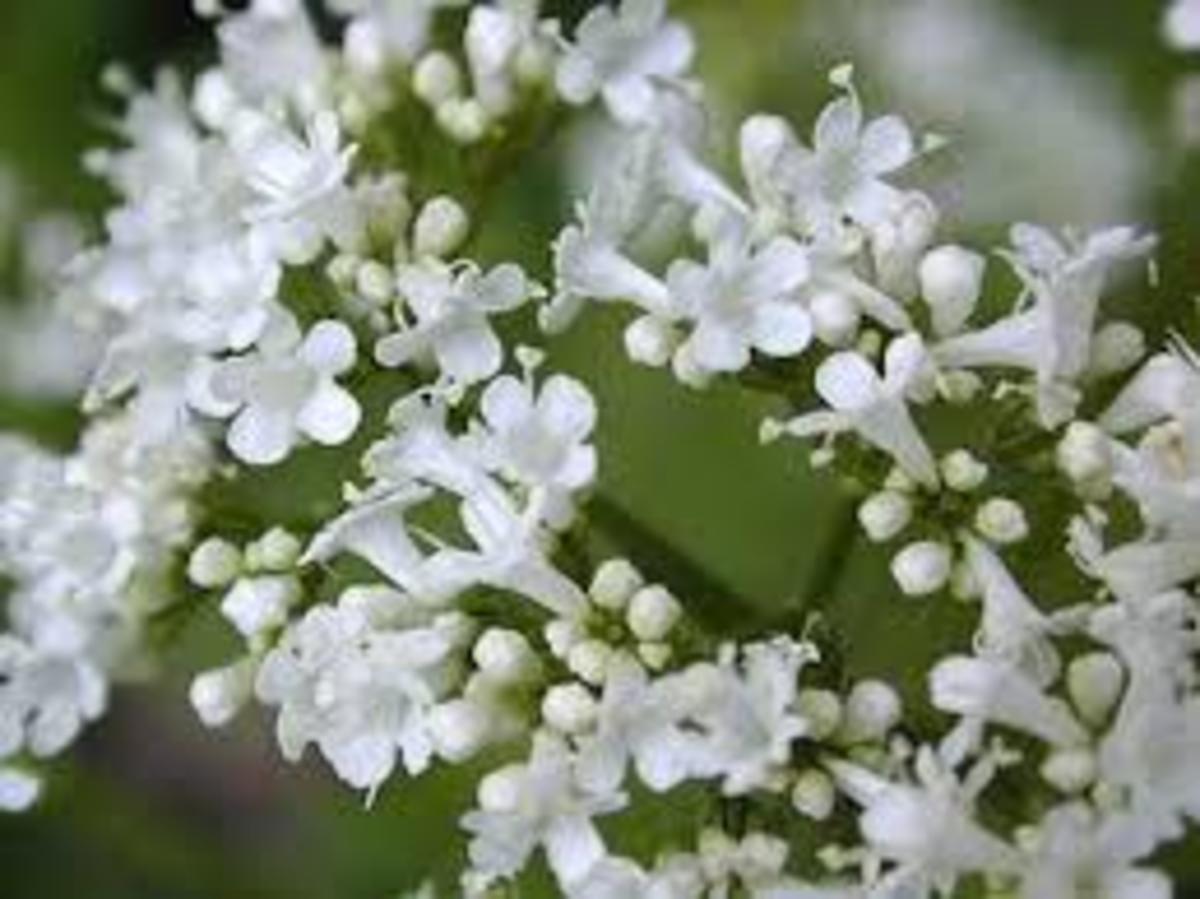Herbal Dictionary: E
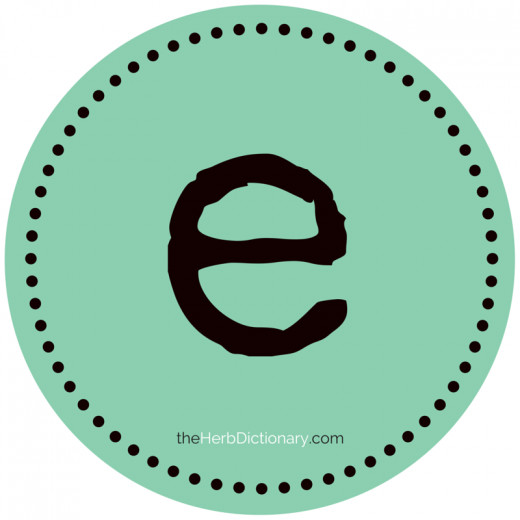
ELECTUARY
An electuary is a paste made from powdered herbs combined with a sweetener such as honey or vegetable glycerin, forming a pasty preparation. It is particularly useful as a children’s remedy.
EMETIC
An emetic herb is used to induce vomiting. Emetic herbs are administered when a harmful substance is ingested, so as to expel it immediately from the body. By inducing vomiting, the substance is removed before it is absorbed into the body.
There are two types of emetics:
- Gastric emetics are taken orally, and work by irritating the mucus membranes lining the stomach
- Systemic emetics induce vomiting indirectly by acting on the brain center that controls vomiting
Emetic Herbs
- Bayberry (Myrica cerifera)
- Boneset (Eupatorium perfoliatum)
- Buckthorn (Rhamnus frangula)
- Lobelia (Lobelia inflata)
- Mistletoe (Viscum album)
- Mustard (Brassica nigra)
EMMENAGOGUE
An emmenagogue is an herb or compound that has a regulating effect on menstrual flow. Emmenagogues are administered when menstruation is delayed or absent for a reason other than pregnancy, such as hormonal imbalance, stress, anxiety, poor diet or health conditions such as oligomenorrhea (infrequent or light menses). They work by stimulating blood flow in the pelvic area.
Black cohosh is a sedative emmenagogue, in that it promotes menses when uterine cramps and congestion hinder menstrual flow. In addition to relaxing the uterus black cohosh is also believed to improve muscle tone as well.
These herbs must be avoided during pregnancy as they can induce contractions.
Emmenagogues
- Black Cohosh (Actaea racemosa)
- Blue Cohosh (Caulophyllum thalictroides)
- Mugwort (Artemisia vulgaris)
- Yarrow (Achillea millefolium)
In this video, herbalist Phyllis Light discusses the herb black cohosh, including its phyto-estrogenic classification and its use for menstrual problems, fertility and hot flashes.
EMOLLIENT
An herb that is applied topically to soothe and protect inflamed or irritated skin. As a beauty aid, emollient herbs work to soften and smooth skin by moisturizing and helping replenish the skin’s natural oils. They are used to treat skin disorders such as eczema and psoriasis.
Taken internally, emollients are referred to as delmulcent herbs, and they help to heal irritated and inflamed mucous membranes
Emollient Herbs:
Aloe (Aloe vera)
Black Hollyhock (Alcea rosea L.).
Burdock (Arctium lappa)
Chamomile (Matricaria recutita)
Marshmallow (Althea officinalis)
Slippery Elm (Ulmus fulva)
ESSENTIAL OIL
Essential oils are the concentrated vital essences of aromatic plants used in cosmetics, perfumes, flavorings, and in aromatherapy. Known as volatile oils, the essential oils of a plant are the aromatic oils responsible for flavor and aroma in herbs as mints, citrus, and spices. Volatile, or essential, oils are found in minute glands in the herb.
Although they are called “oils”, they are more like water as they are a liquid that readily evaporates or volatilize. The fixed oils in a plant do not evaporate.
Essential oils are commonly used to make soaps, perfumes and dental products; candies, soft drinks and other foods.
Examples of individual essential oil components:
- Menthol
- Thymol
- Eugenol
- Chamazulene
- α-pinene
In this video playlist, aromatherapist and author Kathi Keville gives an overview of essential oils.
In part #1, she shows how to create an essential oil kit, along with her picks of herbs for it.
In part #2, she covers Citrus, Eucalyptus, Tea Tree, and Peppermint essential oils, along with safety concerns when using essential oils for pets.
In part #3, Kathi talk about safe dilution formulas as well as massage recipes for pain and pre-workout warm ups.
ESTROGENIC
An estrogenic herb is rich in phytoestrogens and has potent estrogen-like properties. They help regulate hormonal imbalances in women, and are commonly used to alleviate menopausal symptoms. Clinical research shows that these herbs are highly estrogenic:
- Chasteberry (Vitex agnuscastus)
- Dong Quai (Angelica sinensis)
- Hops (Humulus lupulus)
- Red clover (Trifolium pretense)
- Soybeans (Glycine max)
In this video, Beyond 50s interviews herbalist and author Susun Weed on estrogenic herbs and their combinations to treat women with menopause.
EXPECTORANT
An herb that helps the body to loosen and expel mucus from the lungs, bronchi, and trachea.. Expectorant herbs promote the thinning and drainage of mucus from the upper respiratory tract. They also help lubricate the irritated respiratory tract walls. Expectorants are commonly used to treat coughs and colds.
Expectorant Herbs
- Cayenne Pepper (Capsicum annuum)
- Garlic (Allium sativum)
- Ginger (Zingiber officinale)
- Lemon (Citrus limon)
- Licorice (Glycyrrhiza glabra)
- Onion (Allium cepa)
- Sage (Salvia officinalis)
- Honey
In this video, Chef Janie Pendleton shows you how to prepare your own expectorant cough syrup from ginger, lemon and honey.
EXTRACT
An extract is an herbal preparation that is obtained by steeping an herb in an appropriate solvent, usually alcohol, glycerin or water, straining out the solid parts and then evaporating some or all of the solvent. An herbal extract is often diluted to adjust its concentration prescribed levels.
References
- Ann McIntyre (1995), The Complete Women's Herbal
- David Hoffman (2013), Holistic Herbal: A Safe and Practical Guide to Making and Using Herbal Remedies
- Dr. Greg Sperber, Herbal Explorations: Phytoestrogenic Herbs
- Rosemary Gladstar (2014), Herbs for Common Ailments: How to Make and Use Herbal Remedies for Home Health Care

